Inland Pig-face,
Inland Noon-flower
Display all 11 images
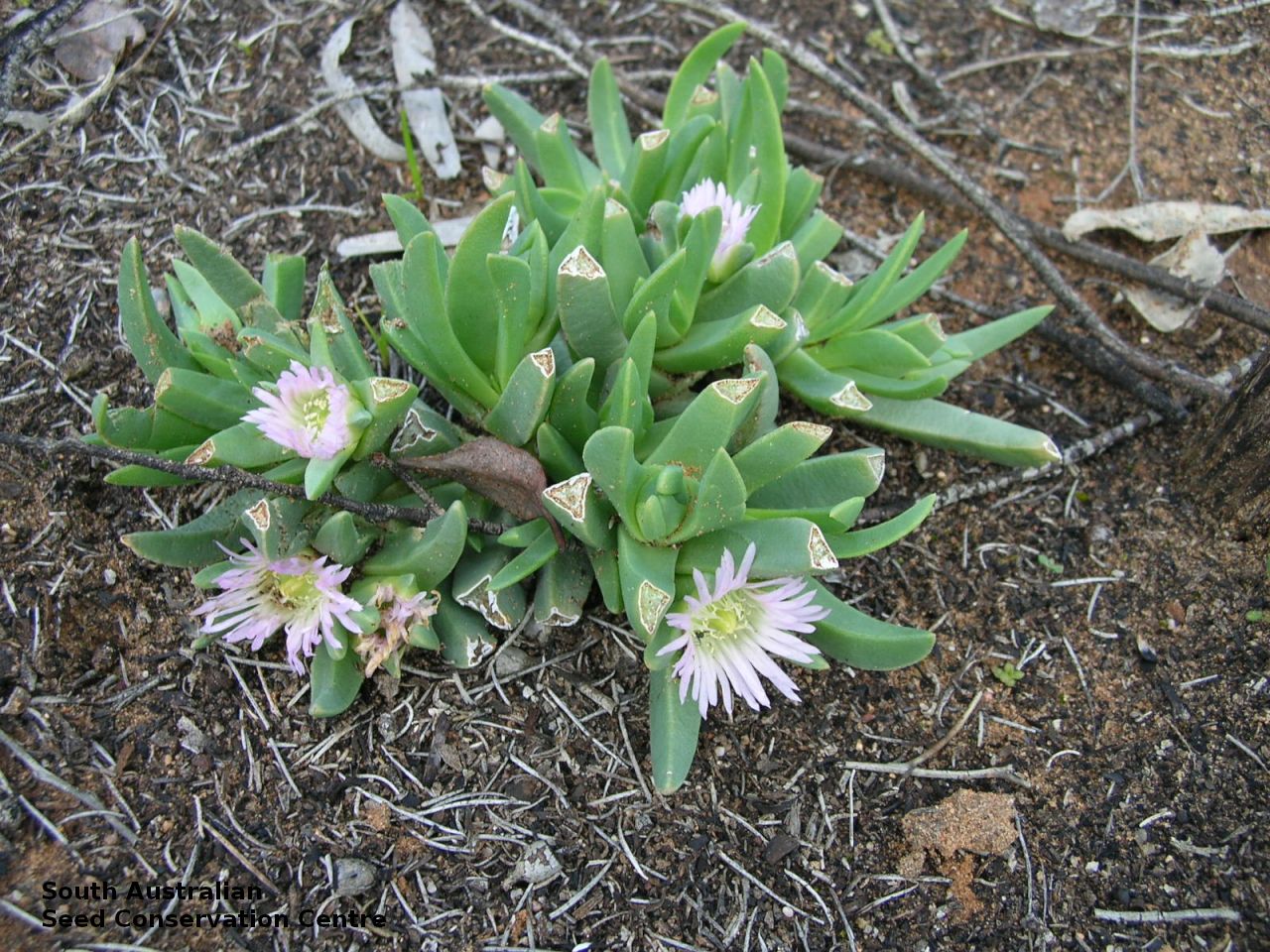
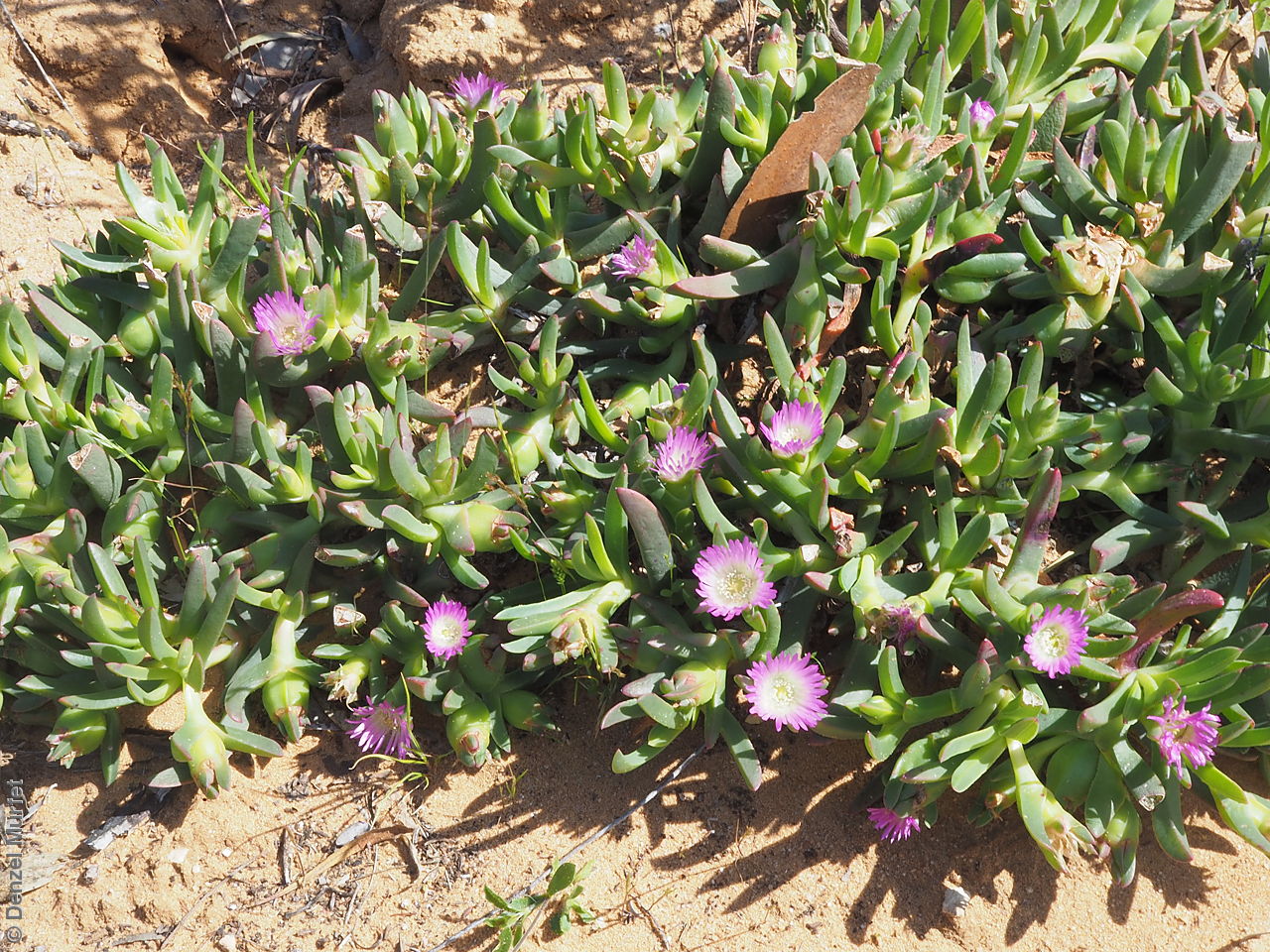

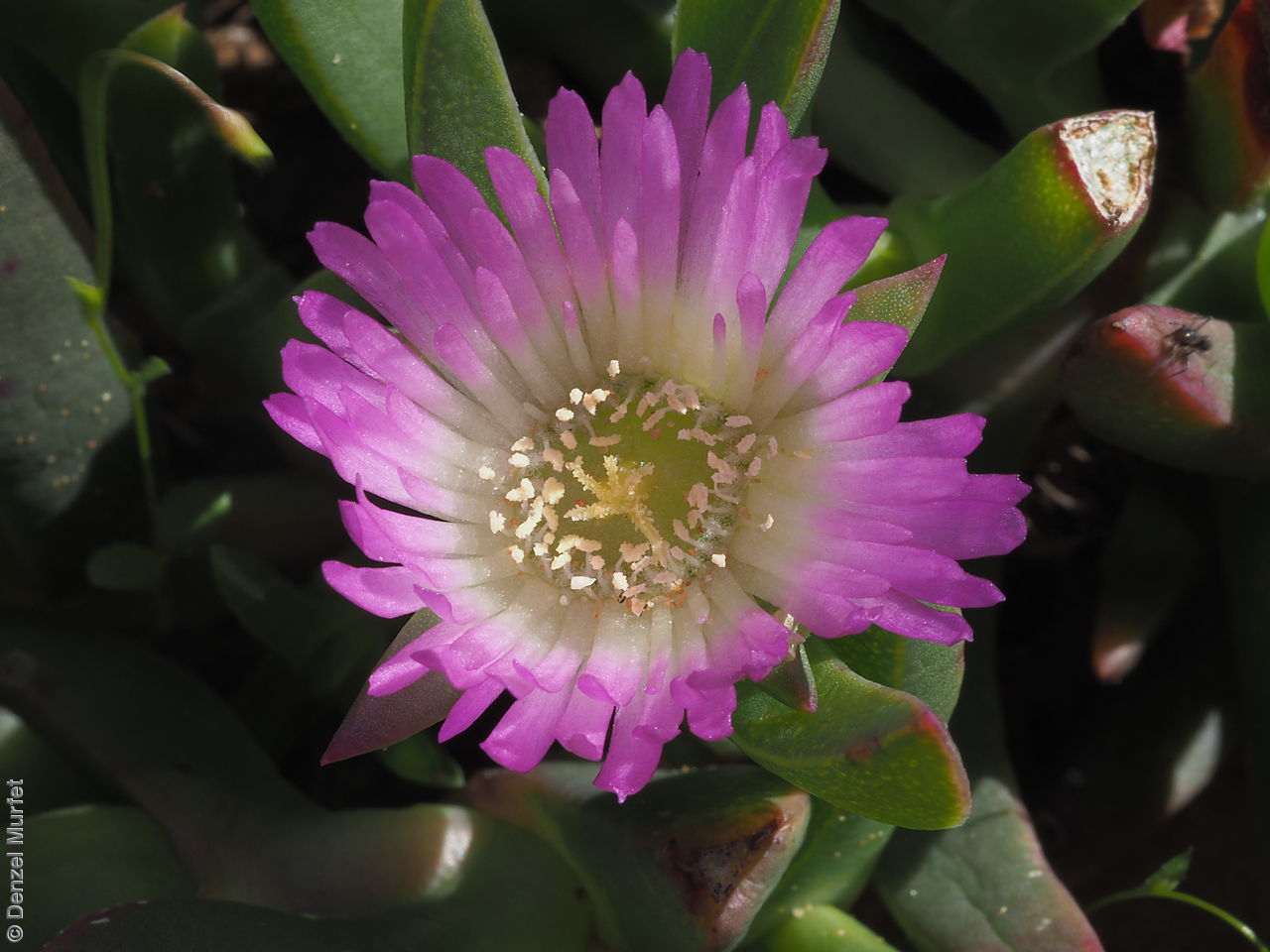
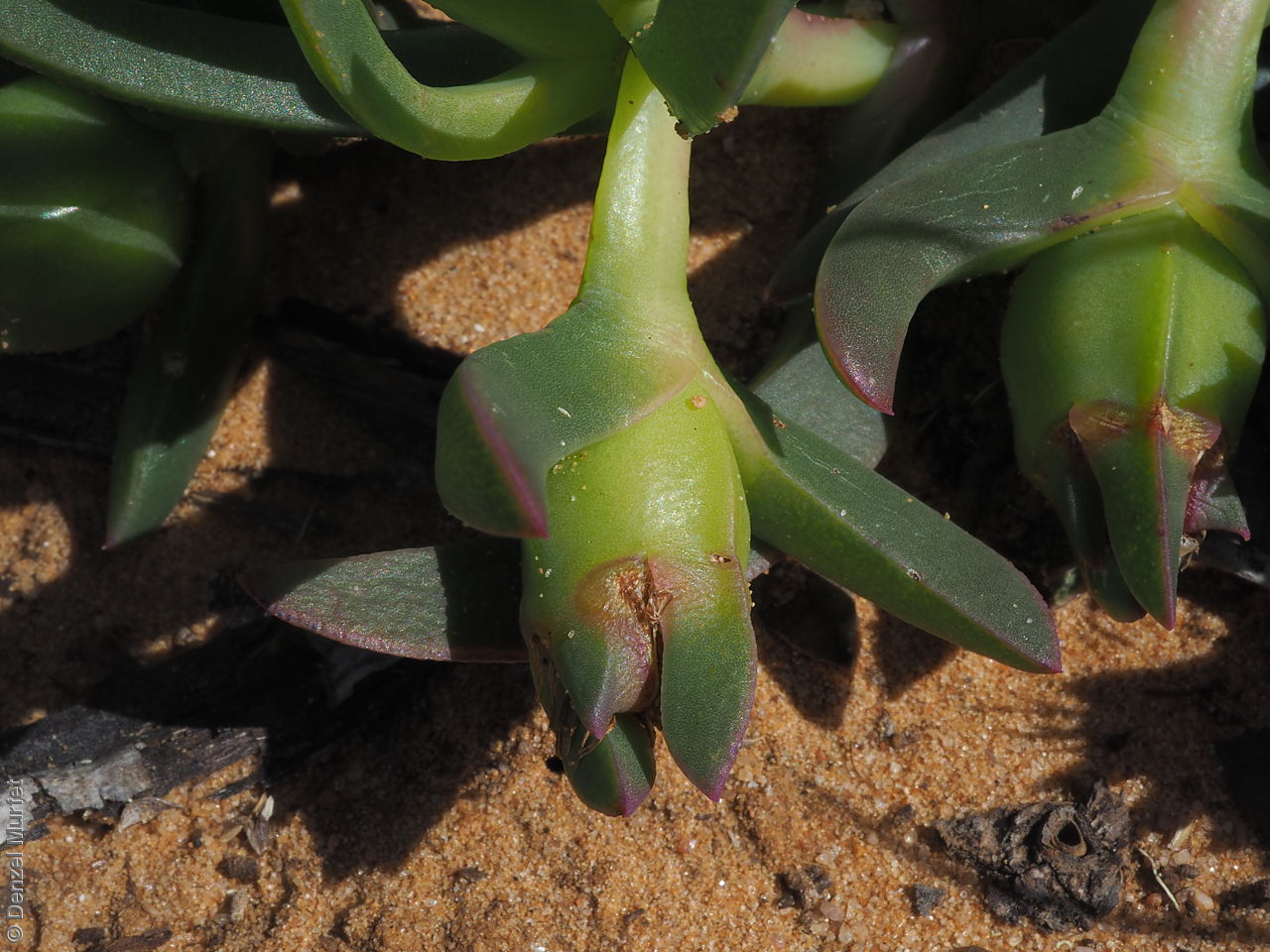
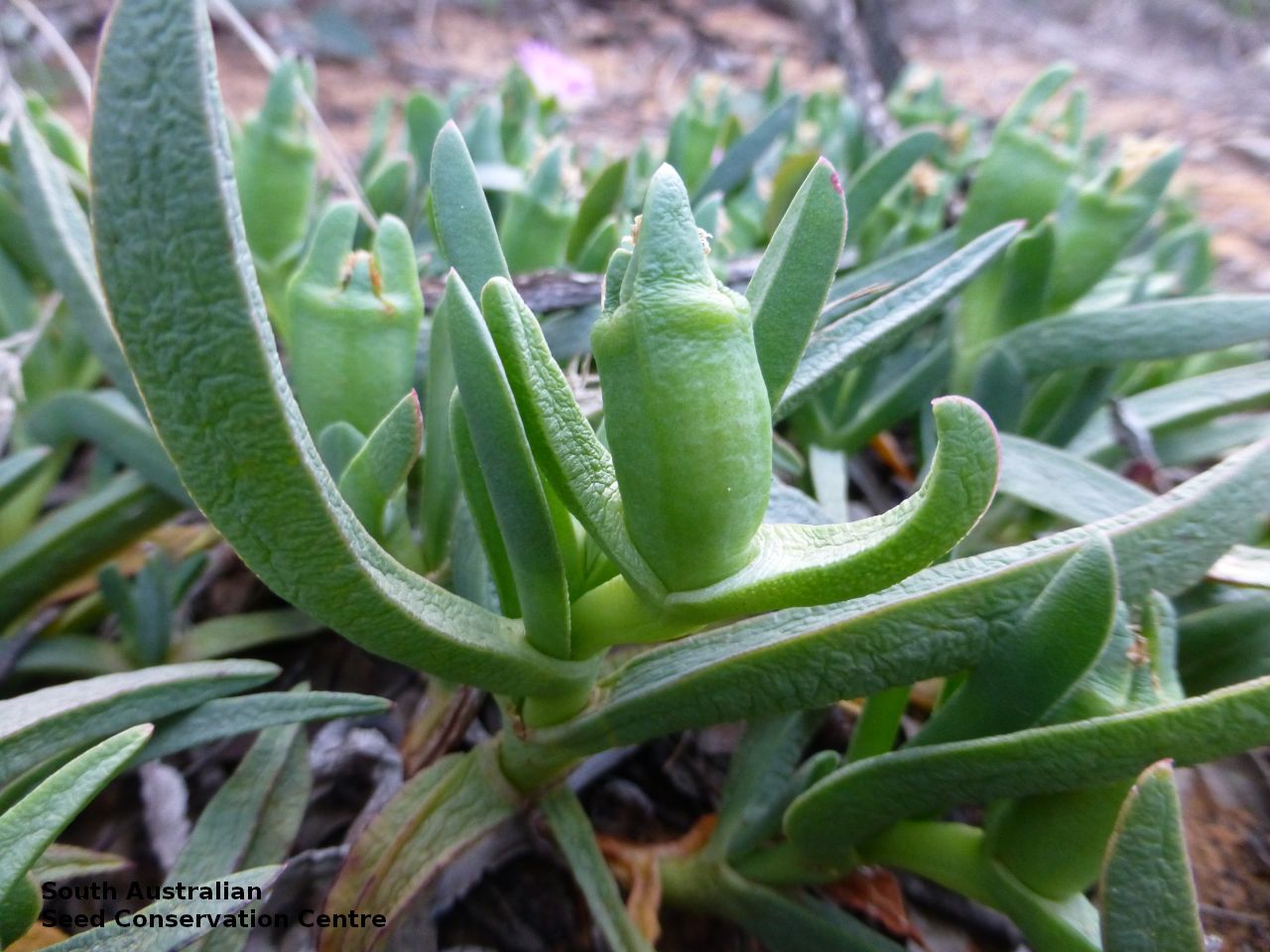
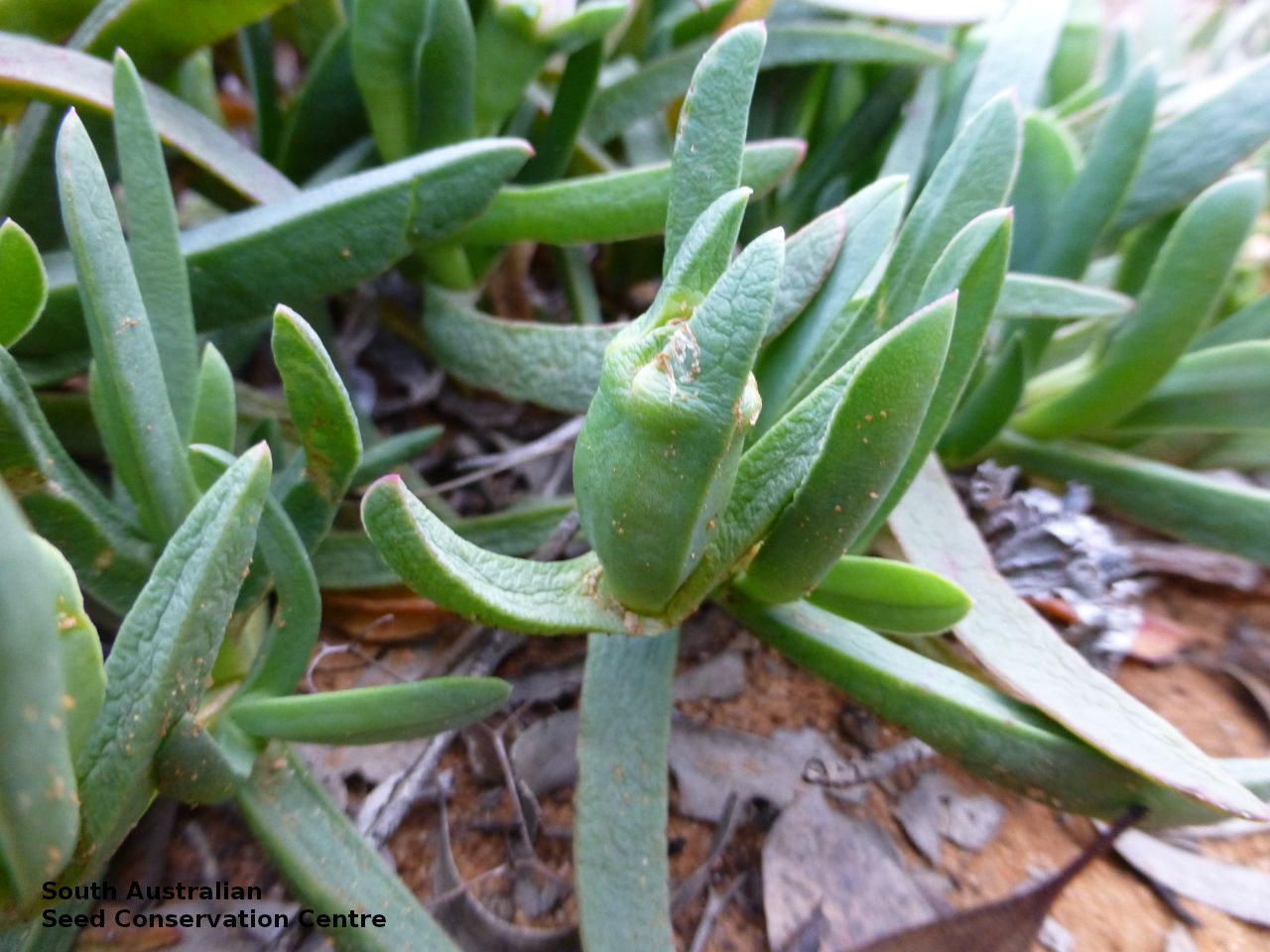
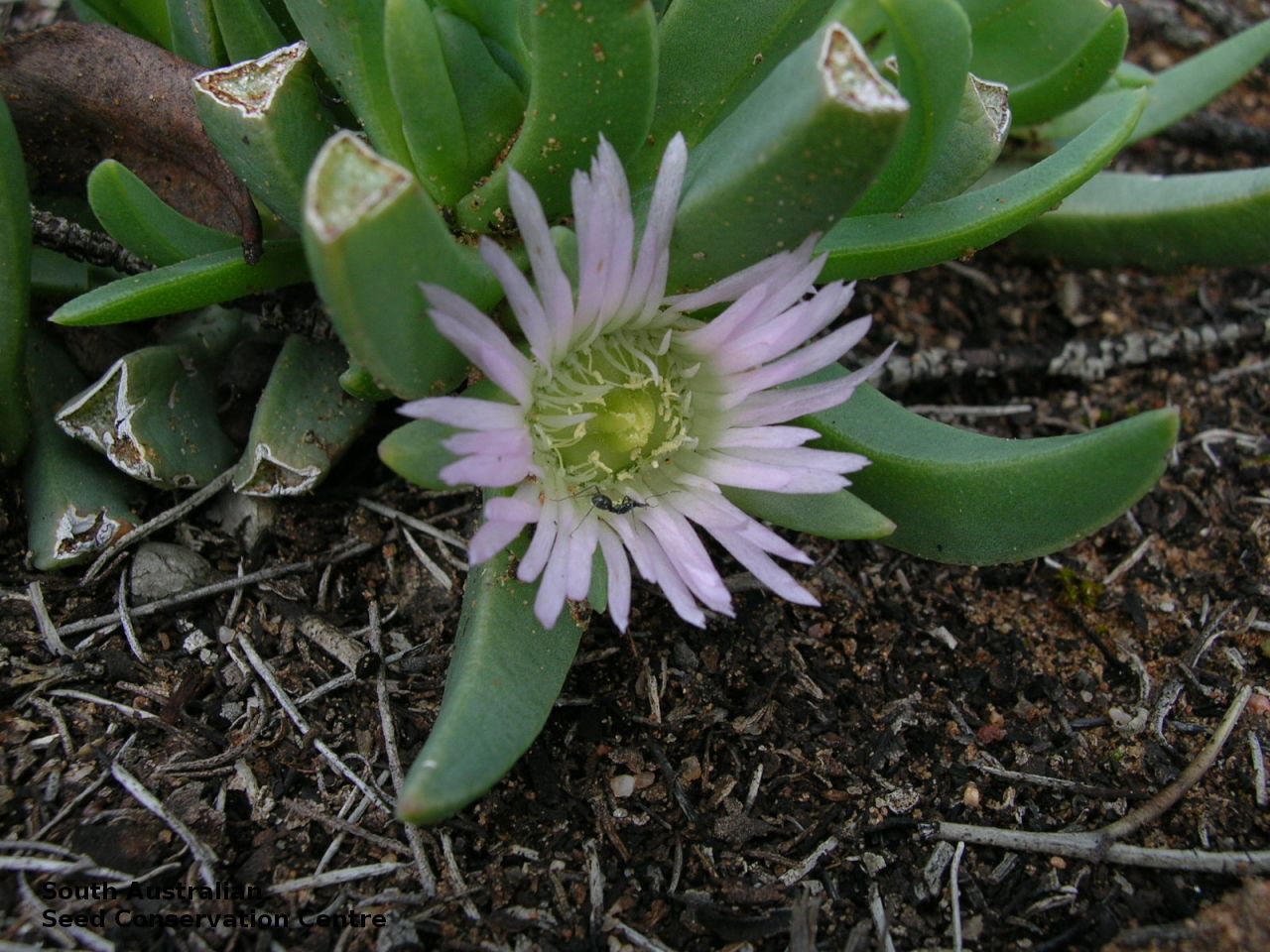

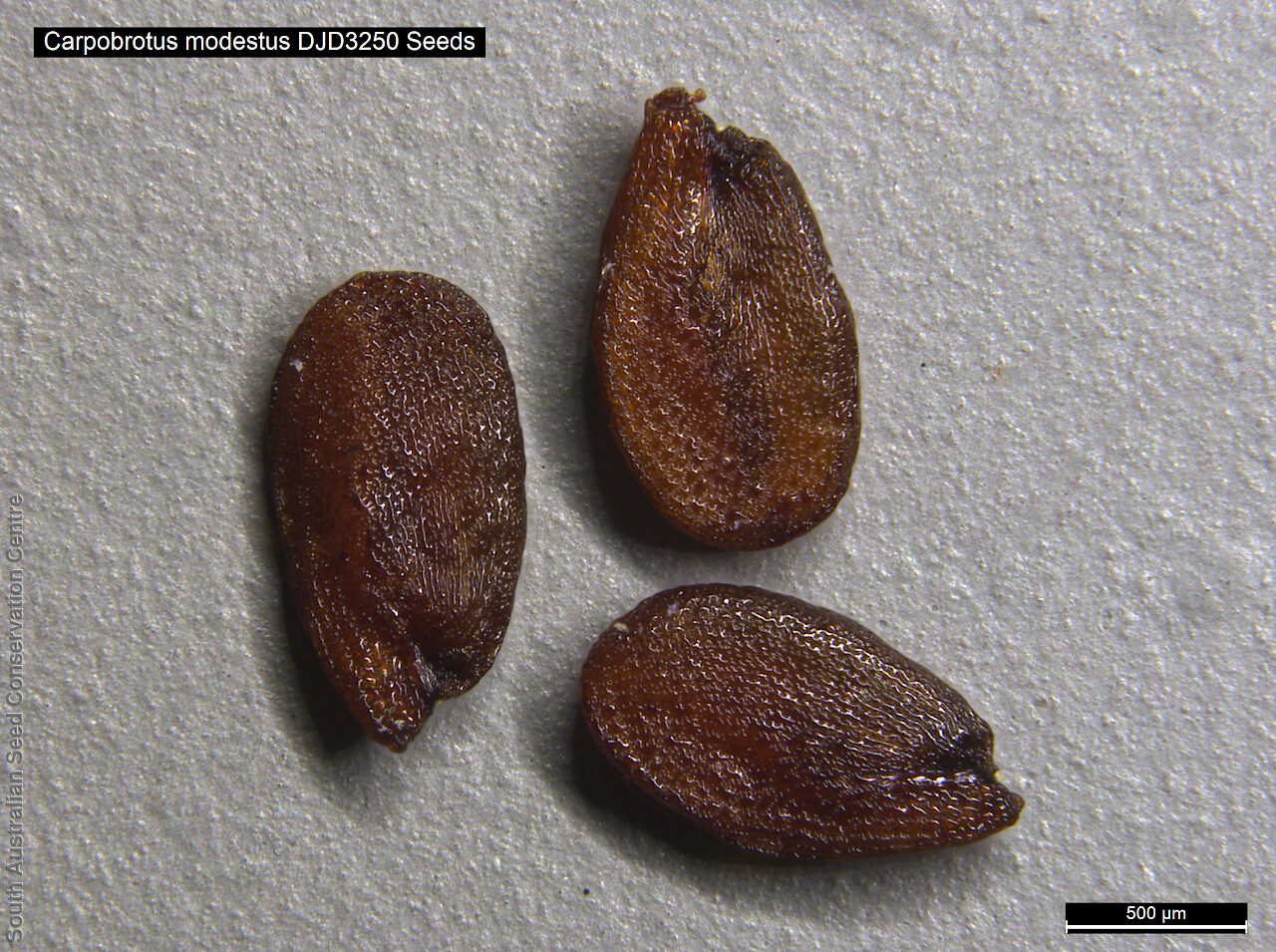
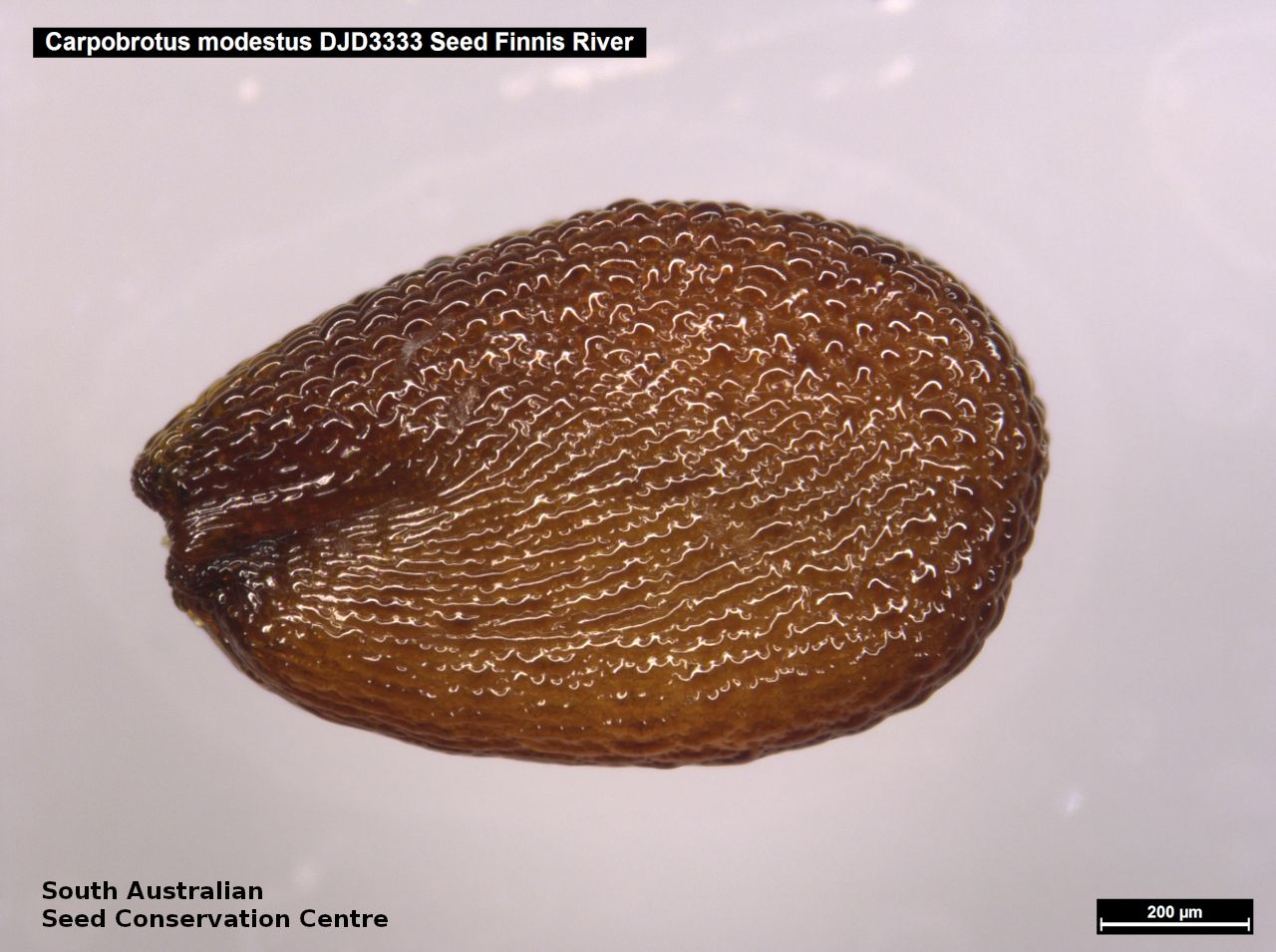
Regional Species Conservation Assessments per IBRA subregion.

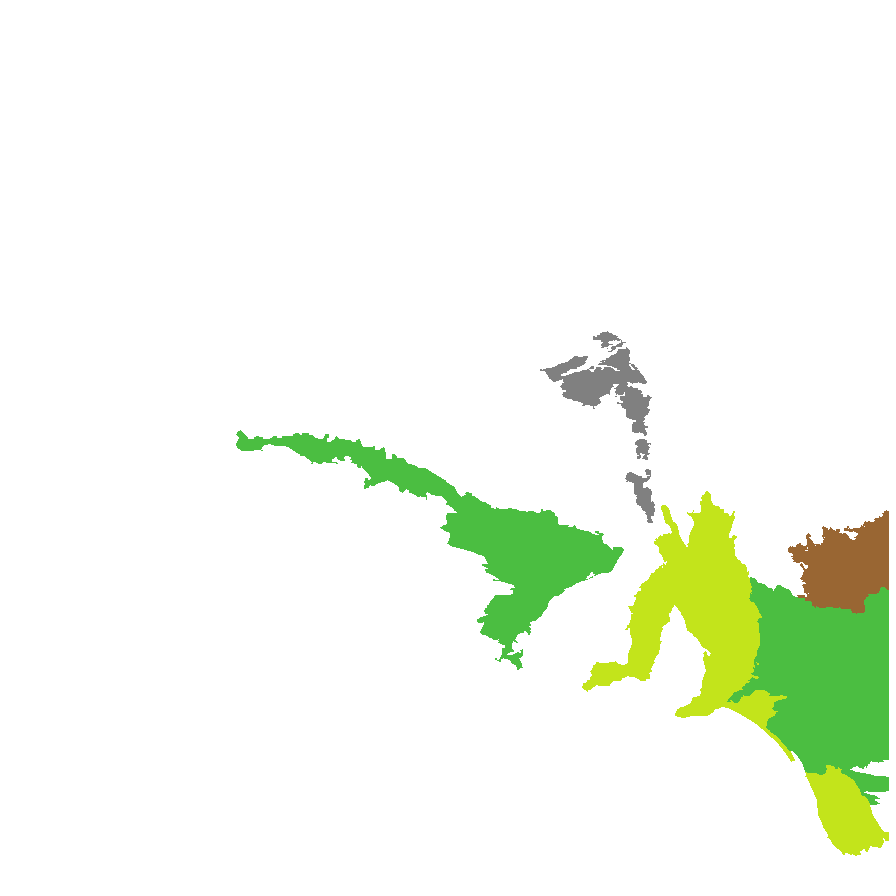
Least concern
Near threatened
Rare
Vulnerable
Endangered
Critically endangered
Extinct
Data deficient
Adelaide
Arkaroola
Ceduna
Coober Pedy
Hawker
Innamincka
Marla
Marree
Mount Gambier
Oodnadatta
Renmark
Wudinna
Keith
Yunta
Display IBRA region text
| Lucindale (NCP03) | Naracoorte Coastal Plain | Near Threatened [Mallee species] |
| Tintinara (NCP04) | | Least Concern [Mallee species] |
| Fleurieu (KAN02) | Kanmantoo | Near Threatened [edge of range] |
| Mount Lofty Ranges (FLB01) | Flinders Lofty Block | Near Threatened [edge of range] |
| Broughton (FLB02) | | Near Threatened [Found in plains mallee, overlooked, can withstand some disturbance, possibly Rare.] |
| Southern Yorke (EYB01) | Eyre Yorke Block | Near Threatened [Found in plains mallee, overlooked, can withstand some disturbance, possibly Rare.] |
| St Vincent (EYB02) | | Near Threatened [Found in plains mallee, overlooked, can withstand some disturbance, possibly Rare.] |
| Eyre Hills (EYB03) | | Least Concern [likes friable, sandy-loam soils] |
| Eyre Mallee (EYB05) | | Least Concern [likes friable, sandy-loam soils] |
| South Olary Plain (MDD01) | Murray Darling Depression | Rare (IUCN: RA d(i,ii)) [edge of range; likes mallee; lack of records] |
| Murray Mallee (MDD02) | | Least Concern |
| Murray Lakes and Coorong (MDD03) | | Near Threatened [Mallee species] |
| Lowan Mallee (MDD04) | | Least Concern |
| Murray Scroll Belt (RIV06) | Riverina | Least Concern |
| Arcoona Plateau (GAW04) | Gawler | Data Deficient [need to do more surveys] |
| 2 of 4 subregions | Naracoorte Coastal Plain | Least Concern , Near Threatened |
| Fleurieu (KAN02) | Kanmantoo | Near Threatened [edge of range] |
| 2 of 6 subregions | Flinders Lofty Block | Near Threatened |
| 4 of 5 subregions | Eyre Yorke Block | Least Concern , Near Threatened |
| 4 of 6 subregions | Murray Darling Depression | Least Concern , Near Threatened , Rare |
| Murray Scroll Belt (RIV06) | Riverina | Least Concern |
| Arcoona Plateau (GAW04) | Gawler | Data Deficient [need to do more surveys] |
Botanical art
Kath Alcock paintings: 3
Common names
Inland Pig-face
Inland Noon-flower
Etymology
Carpobrotus from the Greek 'karpos' meaning fruit and 'brotos' meaning edible, referring to the succulent fruit which was eaten traditionally by Aboringinal people. Modestus means mild or modest but unsure what this is referring to, maybe compared with, the more robust species C. rossii.
Distribution and status
Found in the southern part of South Australia, distinctly inland in distribution compared with the other species, growing on sandy or clay soils. Also found in Western Australia and Victoria. Native. Common in South Australia. Common in the other States.
Herbarium regions: Eyre Peninsula, Murray, Southern Lofty, South Eastern, Green Adelaide
AVH map: SA distribution map (external link)
Plant description
Prostrate succulent perennial herb with stems to 35 cm long and 6 mm thick. Leaves glaucous or tinged reddish or brown to 70 mm long and 9 mm wide. Flowers 20 mm in diameter, sessile or subsessile, pink to purple-blue. Flowering between August and November. Fruits are large purple fleshy, ellipsoid to obovoid-oblong fruit to 20 mm long. Seeds are flat brown reniform seed to 1.2 mm long and 0.7 mm wide, with a mesh-like surface. Seed embryo type is peripheral.
Seed collection and propagation
Collect seeds between November and January. Collect mature fruits, those that are fat and turning red with brown seeds inside. Break open the fruits and wash the content in water. Drain the liquid leaving behind the seeds. Place the wet seeds onto paper towels and leave to dry. Store the seeds with a desiccant such as dried silica beads or dry rice, in an air tight container in a cool and dry place. Seeds are non-dormant, viable seed should germinate readily without any treatment.












